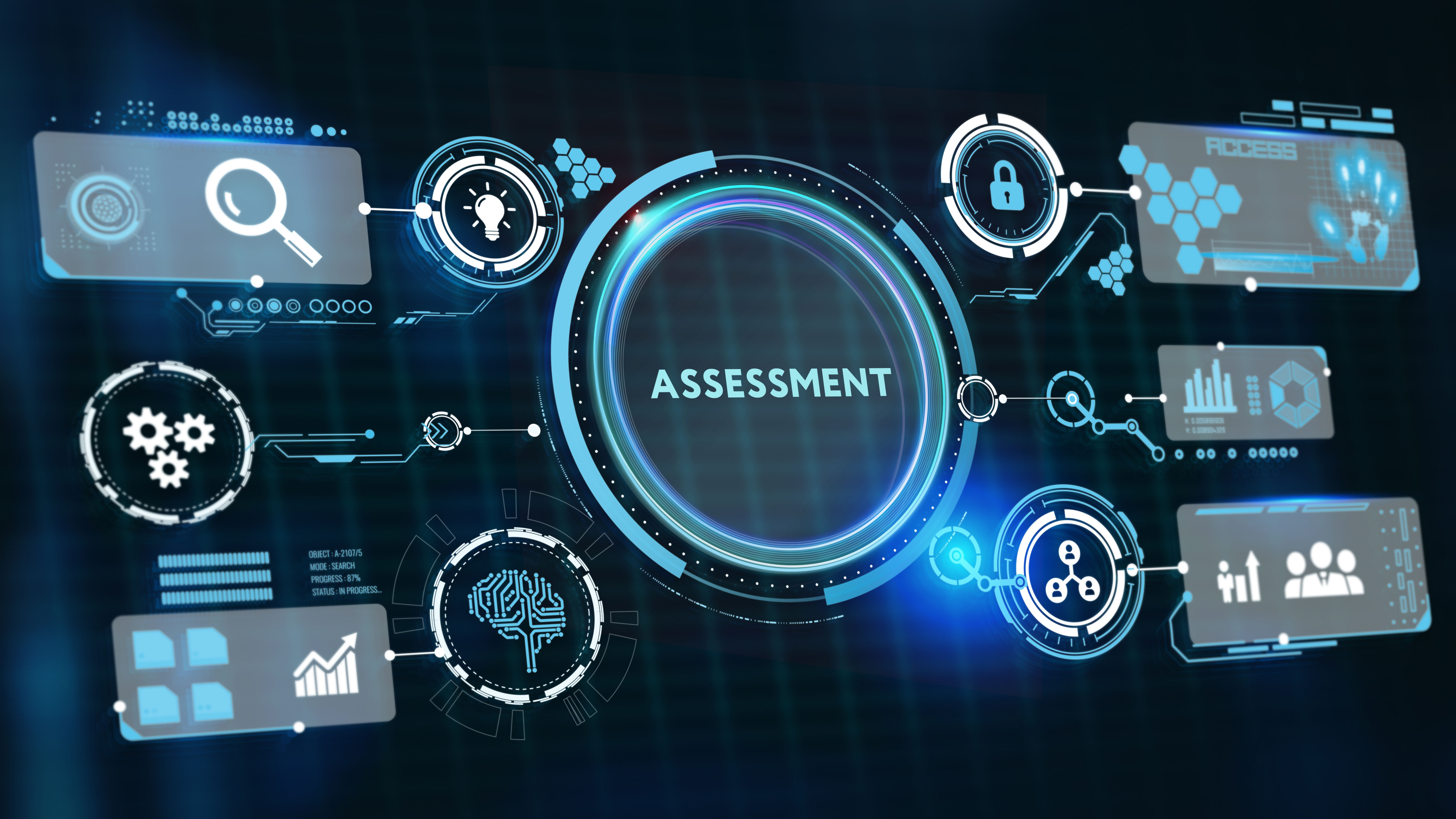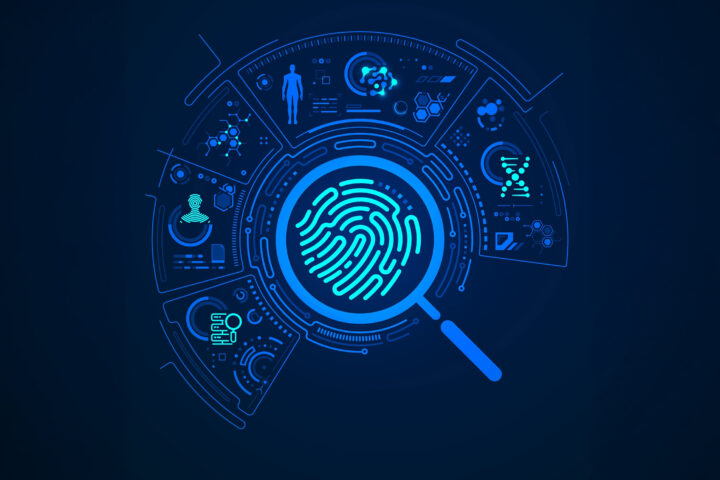The Rise of Digital Twins: A Brief Overview
The concept of digital twins, virtual replicas of physical entities, is revolutionizing industries by enabling a deep, data-driven understanding of processes, systems, and real-world objects. Originating from sectors like manufacturing and urban planning, the technology has found a promising frontier in the realm of biotechnology, especially in the field dedicated to extending human healthspan and lifespan—longevity biotechnology.
The Implications for Longevity Biotechnology
Enhanced Disease Modeling and Drug Discovery
The application of digital twins in longevity biotechnology could lead to breakthroughs in understanding how we age at the molecular, cellular, and systemic levels. By simulating the complex interactions that contribute to aging and age-related diseases, researchers can test interventions in a virtual environment. This could drastically reduce the time and cost associated with drug discovery and development, fast-tracking solutions that could delay aging or prevent its associated diseases.
Personalized Medicine: Tailoring Treatments to the Individual
Perhaps one of the most exciting prospects is the potential for truly personalized medicine. Digital twins of individual patients would allow for treatments and interventions to be tailored to the person’s unique biological makeup. This means that the effects of specific drugs, lifestyle changes, or other interventions could be predicted with greater accuracy, maximizing effectiveness and minimizing side effects.
Predictive Analytics: Anticipating Health Outcomes
Digital twins also offer the capability to predict how an individual’s health might change over time, allowing for interventions before age-related diseases manifest. This predictive power represents a paradigm shift from reactive to proactive healthcare, with the potential to significantly extend the healthy years of an individual’s life.
Collaborative Research: A Unified Approach to Combatting Aging
NVIDIA’s initiative to model the entire world, including its biological aspects, could create a shared platform for global collaboration. By standardizing the virtual environment in which aging is studied, researchers worldwide can share insights, data, and findings more efficiently, accelerating the pace of discovery in the field of longevity biotechnology.
Addressing the Challenges
The road to integrating digital twins into longevity biotechnology is not without its challenges. Issues such as data privacy, security, and the ethical considerations of such detailed personal modeling must be addressed. Moreover, ensuring that these advanced technologies are accessible across different regions and socioeconomic groups is crucial for their benefits to be universally realized.
Conclusion: A Vision of the Future
The intersection of digital twins and longevity biotechnology holds the promise of a future where aging is not feared but managed and controlled. In this future, healthcare is not only personalized but predictive, interventions are not only reactive but also proactive, and the dream of extending human healthspan becomes a tangible reality. As we stand on the brink of this exciting frontier, it is the responsibility of researchers, ethicists, and policymakers alike to navigate the challenges and harness the potential of digital twins to usher in a new era of human health and longevity.












